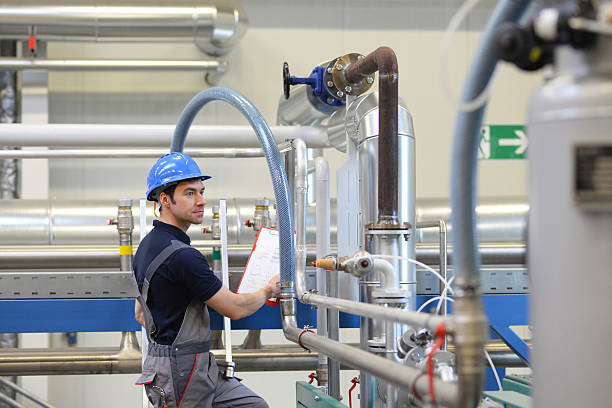Introduction
The oil and gas industry has some of the highest standards for engineering precision, safety, and efficiency. Mechanical and piping engineers who wish to build a strong career in this industry often enroll in oil and gas piping course to get specific skills. Unlike basic training, modern courses focus on sophisticated concepts that prepare engineers for issues they might face in refineries, pipelines, offshore platforms, and petrochemical plants.
The Importance of Piping Engineering in Oil and Gas
Every oil and gas project is built on a foundation of piping systems. In order to transport fluids, gases, and chemicals across massive facilities, they must be properly engineered to withstand extreme temperatures and pressures. Students who finish an oil and gas pipe course have improved knowledge of design, stress analysis, and material selection to ensure safe and reliable operations. Engineers gain hands-on experience with industry-standard tools and software in addition to theoretical ideas.
Advanced Techniques for Piping Design
One of the primary subjects covered in the course is advanced piping design. The students are shown sophisticated 3D modeling tools, piping designs, and space- and cost-efficient optimization strategies. They also look into concepts including pipe routing in congested areas, nozzle position on machinery, and interaction with structural elements. These skills ensure that engineers can design systems that function well and are simple to maintain.
Piping Stress and Flexibility Analysis
Beyond the basics of design, a modern oil and gas pipe course places a strong emphasis on stress analysis. Engineers learn how piping systems respond to changes in vibration, pressure, and thermal expansion. Using tools such as CAESAR II, they use simulations to measure flexibility, evaluate stress levels, and apply the appropriate supports—information that is crucial in high-risk scenarios to prevent leaks, ruptures, or system failures.
Codes, Standards, and Safety Protocols
The oil and gas industry strictly abides by international regulations and standards such as ASME, ANSI, and API. The importance of compliance in avoiding costly errors and ensuring worker safety is emphasized throughout the courses. Through lessons on risk assessment, welding certifications, and inspection procedures, students learn how to apply these regulations in real-world projects. As a result, they are better equipped to follow global best practices.
Advanced Materials and Corrosion Management
Another important topic that is covered is the analysis of materials and their suitability for different operating conditions. Engineers are trained to choose between carbon steel, stainless steel, alloy steels, and other specialty materials based on the necessary temperature and pressure. The course also covers corrosion prevention techniques, cathodic protection devices, and coatings to extend the life of piping networks.
Proficiency in Software and Project Management
Modern piping courses teach more than just technical knowledge. They also place a strong emphasis on project execution skills like working with interdisciplinary teams and producing isometric drawings and bills of materials. Modern design and project management tools that are often used in the business, like PDMS, SP3D, and AutoCAD Plant 3D, are introduced to students.
To sum up
A course in oil and gas piping is more than just a technical certification; it’s an investment in one’s career. By understanding intricate concepts like stress analysis, material selection, corrosion prevention, and software tools, engineers become industry-ready experts. With this knowledge, they may take part in large oil and gas projects with assurance, ensuring dependability, efficiency, and safety in one of the most significant industries globally.

